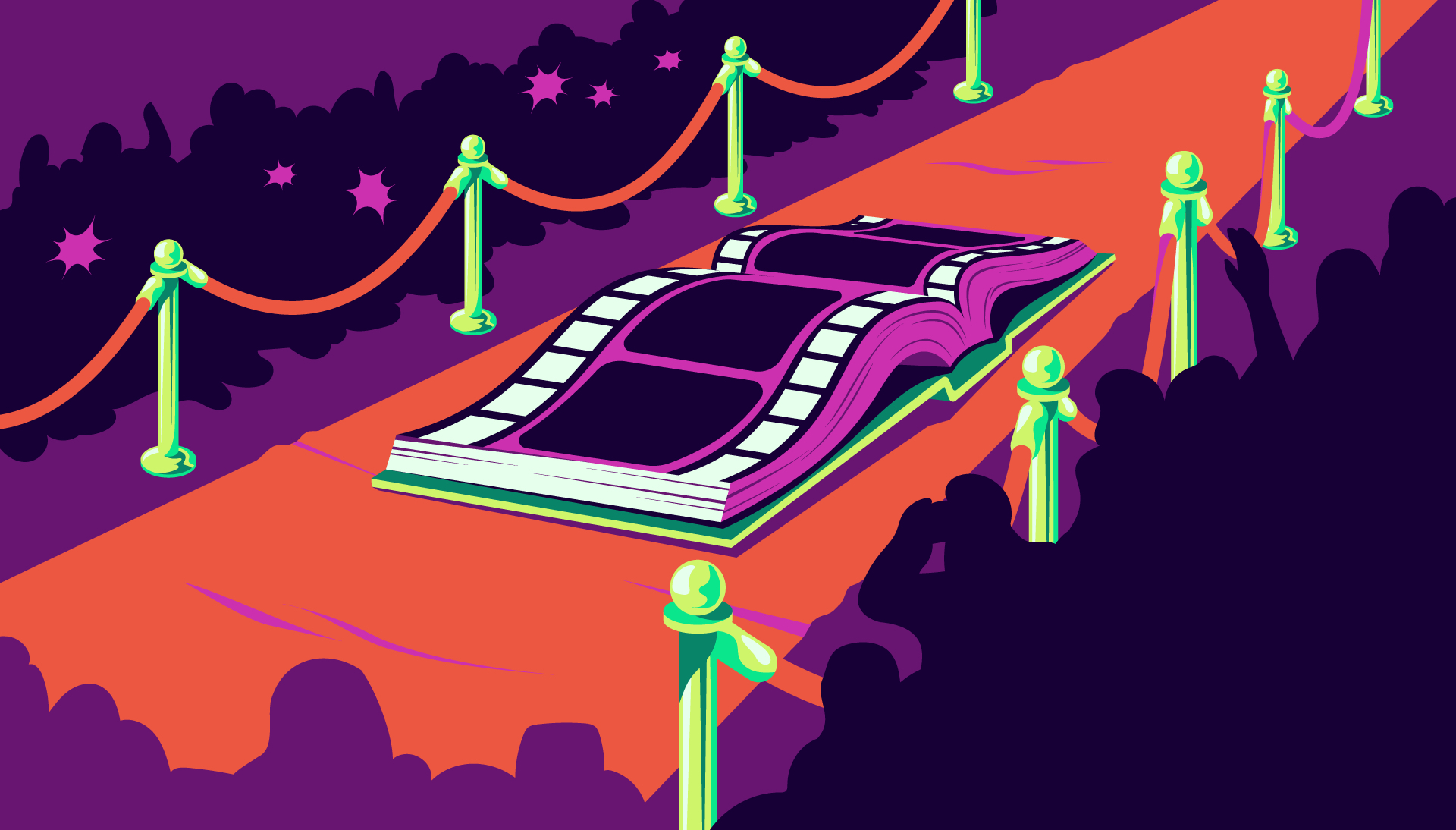
Sometimes a story is too good to only exist as a book, which has inspired countless directors to turn must-read novels into feature-length films. And quite often, those movies end up nominated for awards.
To celebrate this year’s award-nominated (and award-winning) movies, Spotify’s audiobooks team has highlighted their favorite picks that inspired a number of 2024’s nominees. From gritty true crime accounts to uplifting memoirs to biting satires or fantastical literature, the entire range of literary genres is represented on this list.
So take a deeper dive into seven of this year’s top films by listening to the audiobooks that inspired them.
Killers of the Flower Moon
Written by David Grann
Narrated by Will Patton, Ann Marie Lee, and Danny Campbell
(Inspired Best Picture nominee Killers of the Flower Moon)
From New Yorker staff writer and New York Times bestselling author David Grann, Killers of the Flower Moon revisits a shocking series of crimes in which dozens of people were murdered in cold blood. Based on years of research and startling new evidence, the book is a masterpiece of narrative nonfiction, as each step in the investigation reveals a series of sinister secrets and reversals. But more than that, it is a searing indictment of the callousness and prejudice toward indigenous Americans that allowed the murderers to operate with impunity for so long.
American Prometheus
Written by Kai Bird and Martin J. Sherwin
Narrated by Jeff Cummings
(Inspired Best Picture nominee Oppenheimer)
Robert Oppenheimer is one of the iconic figures of the twentieth century, a brilliant physicist who led the effort to build the atomic bomb for his country in a time of war and who later found himself confronting the moral consequences of scientific progress.
In American Prometheus, a Pulitzer Prize–winning biography 25 years in the making, authors Kai Bird and Martin J. Sherwin capture Oppenheimer’s life and times, from his early career to his central role in the Cold War.
Society of the Snow
Written by by Pablo Vierci
Narrated by Elliot Fitzpatrick
(Inspired Best Foreign Language Film nominee Society of the Snow)
In this alarmingly gritty, moving, and powerfully told story, journalist Pablo Vierci recounts the unsettling tales of the 16 who survived the Uruguayan Air Force Flight 571 crash in 1972. Drawing on exclusive interviews, Society of the Snow delves into the tragedy of the crash and how it radically redefined the rest of the survivors’ lives. Ultimately, however, the book is a touching testament to the strength of faith and friendship and the resilience of the human spirit.
Poor Things
Written by by Alasdair Gray
Narrated by Russ Bain and Kathryn Drysdale
(Inspired Best Picture nominee Poor Things)
In Alasdair Gray’s Poor Things, one scientist’s ambition to create the perfect companion is realized when he finds the drowned body of the beautiful Bella, whom he brings back to life in a Frankenstein-esque feat. His dream is then disrupted when his protégé develops a jealous love for Bella—but Bella has her own thoughts on the matter.
This story of true love and scientific daring whirls the reader from the private operating theaters of late-Victorian Glasgow through to aristocratic casinos, the dark corners of Alexandria, and a Parisian bordello before reaching an interrupted climax in a Scottish church.
The Zone of Interest
Written by Martin Amis
Narrated by Sean Barrett
(Inspired Best Picture nominee The Zone of Interest)
In this love story that transpires in a violently unromantic setting, The Zone of Interest provides a searing portrait of life—and, shockingly, love—in a concentration camp. Powered by both wit and pathos, Martin Amis’ novel excavates the depths and contradictions of the human soul. Can love survive after we’ve seen who we really are?
Find a Way
Written and narrated by Diana Nyad
(Inspired Best Lead Actress nominee Nyad)
In Find a Way, author Diana Nyad engages us with her unique, passionate, personal story of heroic adventure and extraordinary life experiences as she swam 111 miles from Cuba to Florida. Previously failing to accomplish the feat in her twenties and giving up on swimming altogether, Diana’s accomplishment 30 years later provides the backdrop for a galvanizing meditation on facing fears and living our lives with no regrets.
Erasure
Written by Percival Everett
Narrated by Sean Crisden
(Inspired Best Picture nominee American Fiction)
A blistering satire about race and publishing, Percival Wright’s Erasure looks into the life of a writer whose career has bottomed out and left him seething on the sidelines of the literary establishment.
In a fit of rage and despair, Thelonious “Monk” Ellison writes a novel under a pseudonym that he never intended to be published, but soon it becomes the next big thing. How Monk deals with the personal and professional fallout galvanizes this audacious, hysterical, and quietly devastating work.
Looking for more audiobooks that were caught on camera? Check out our list of book-to-screen adaptations.




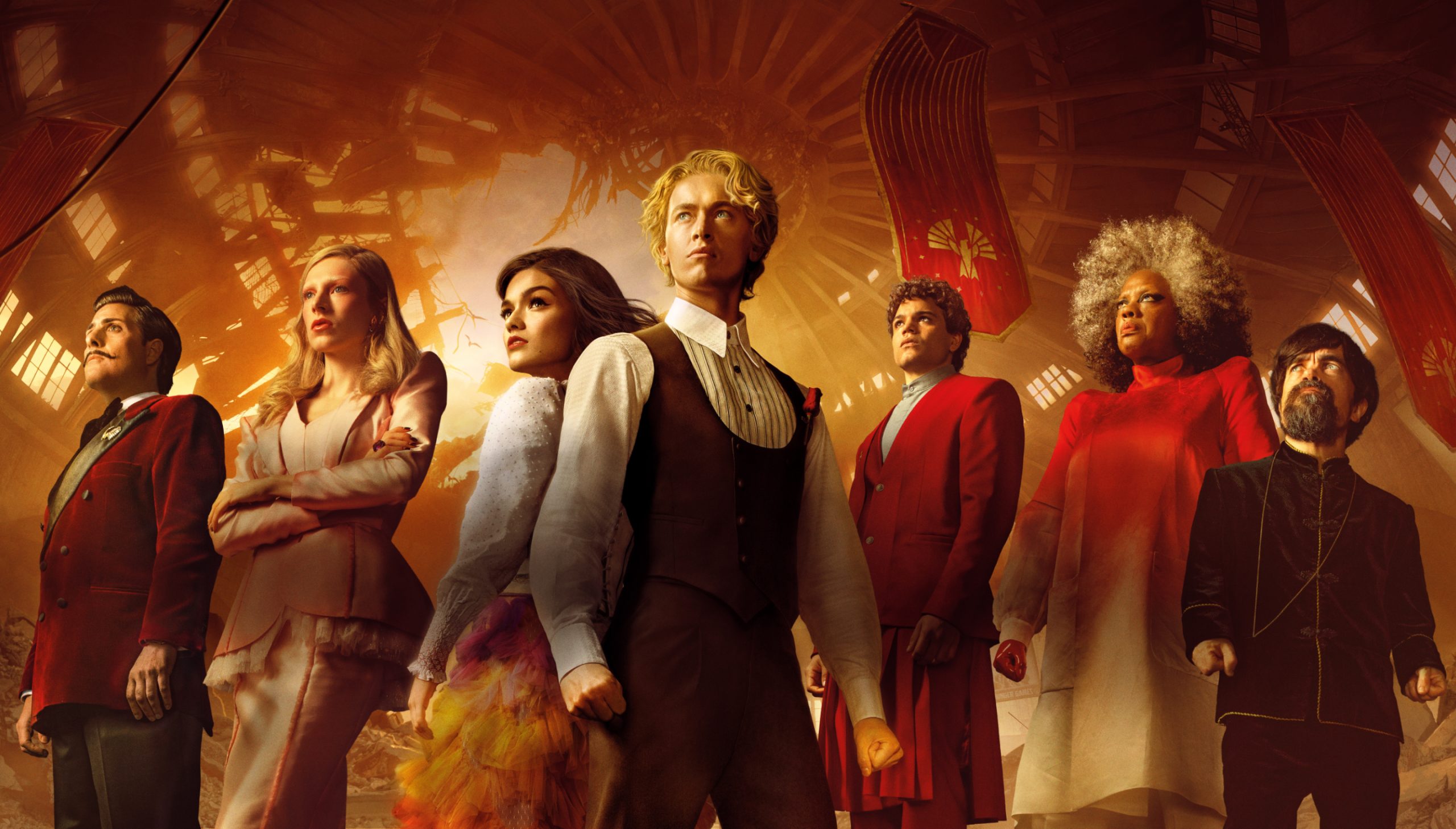
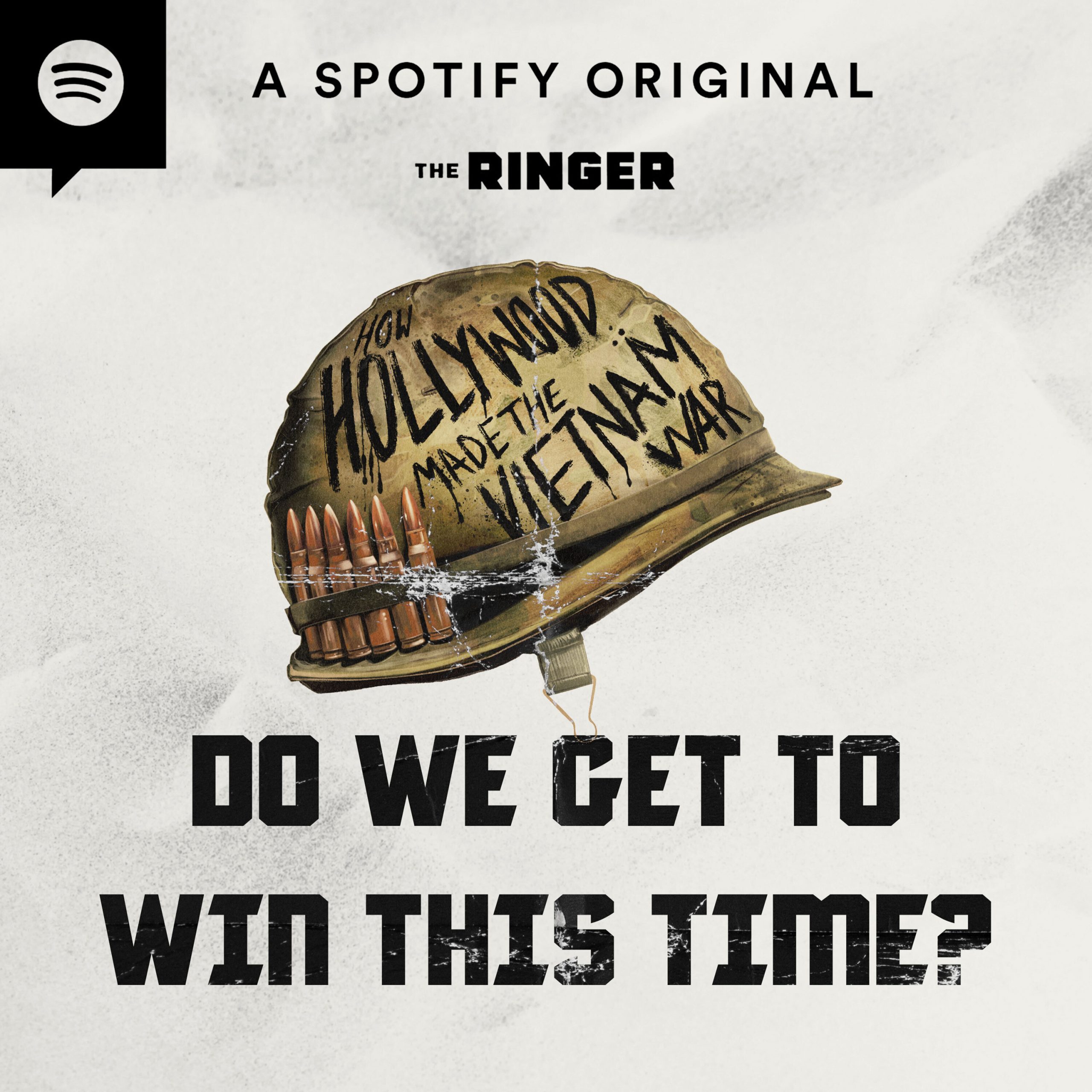

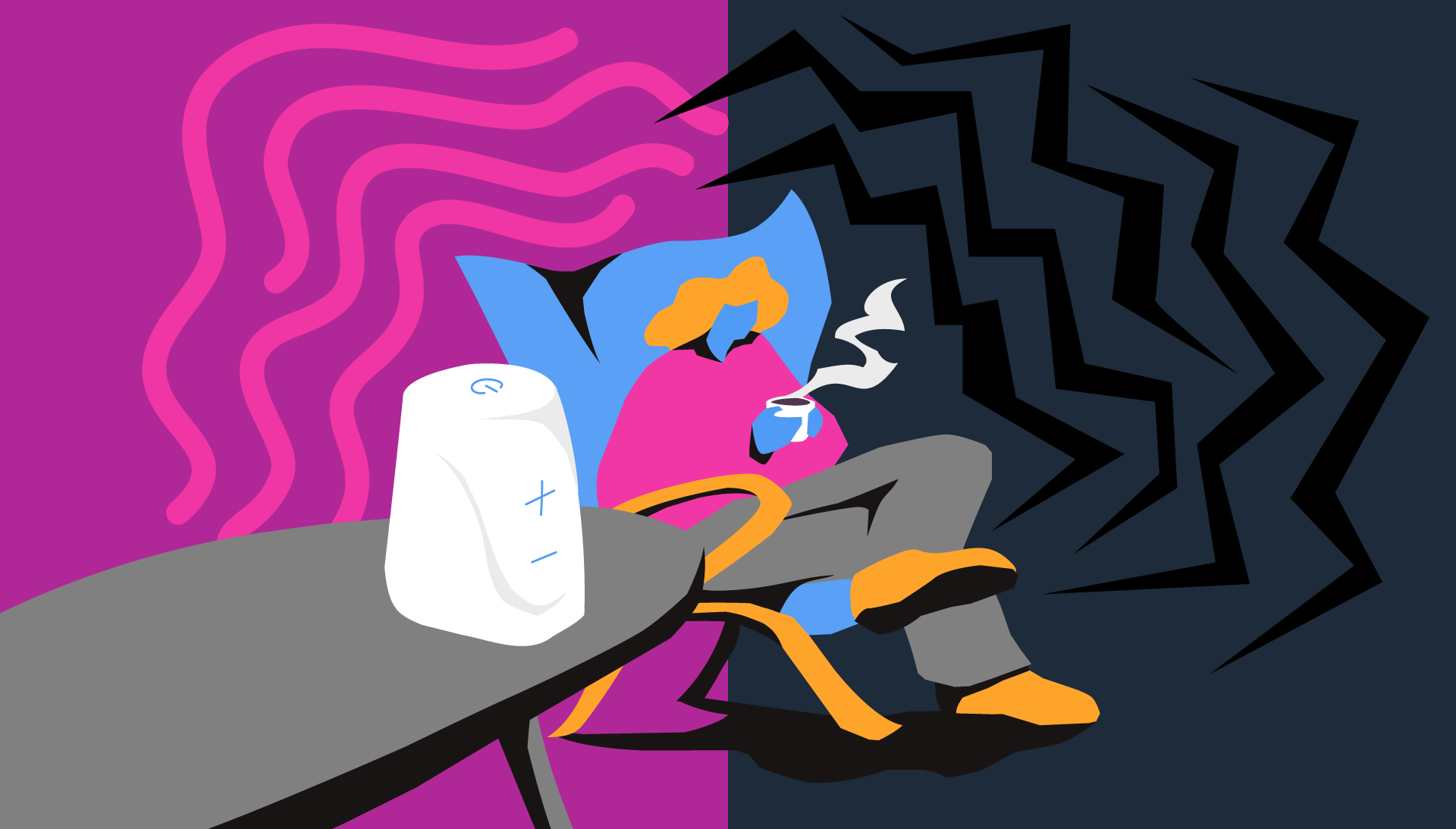



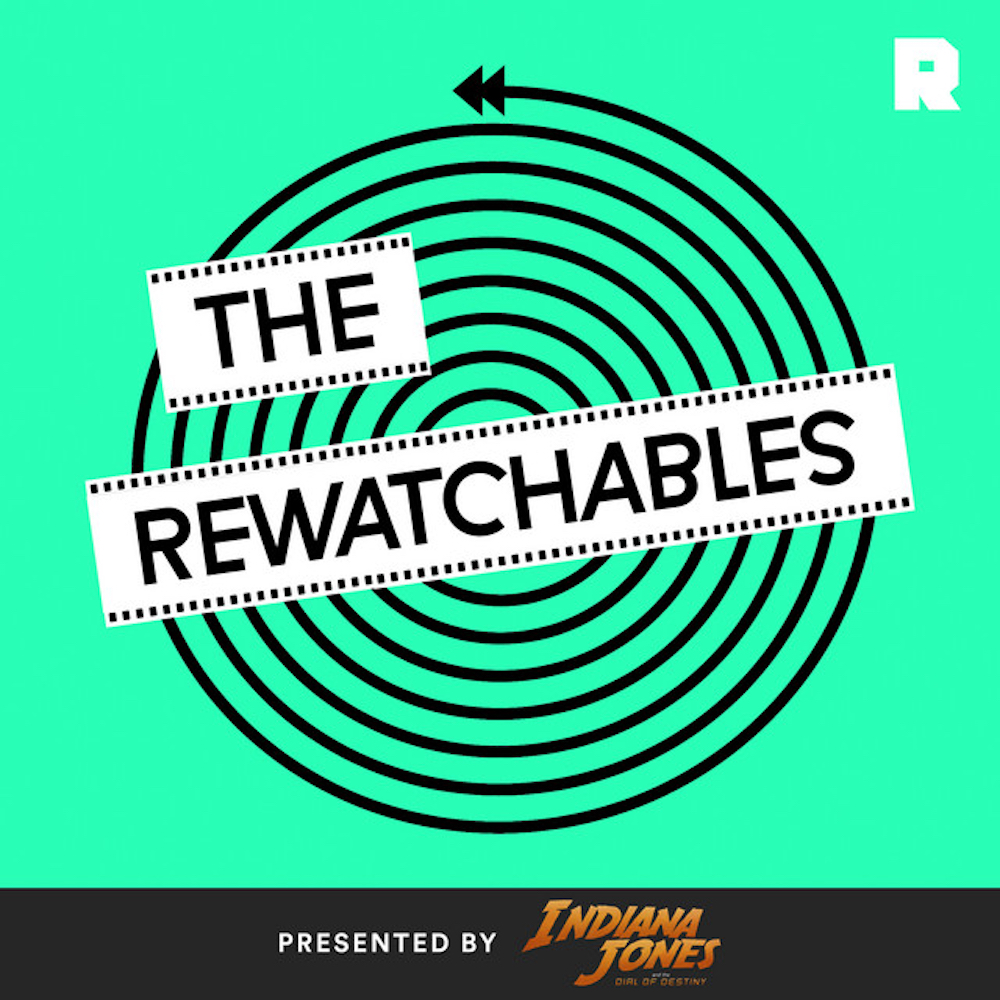

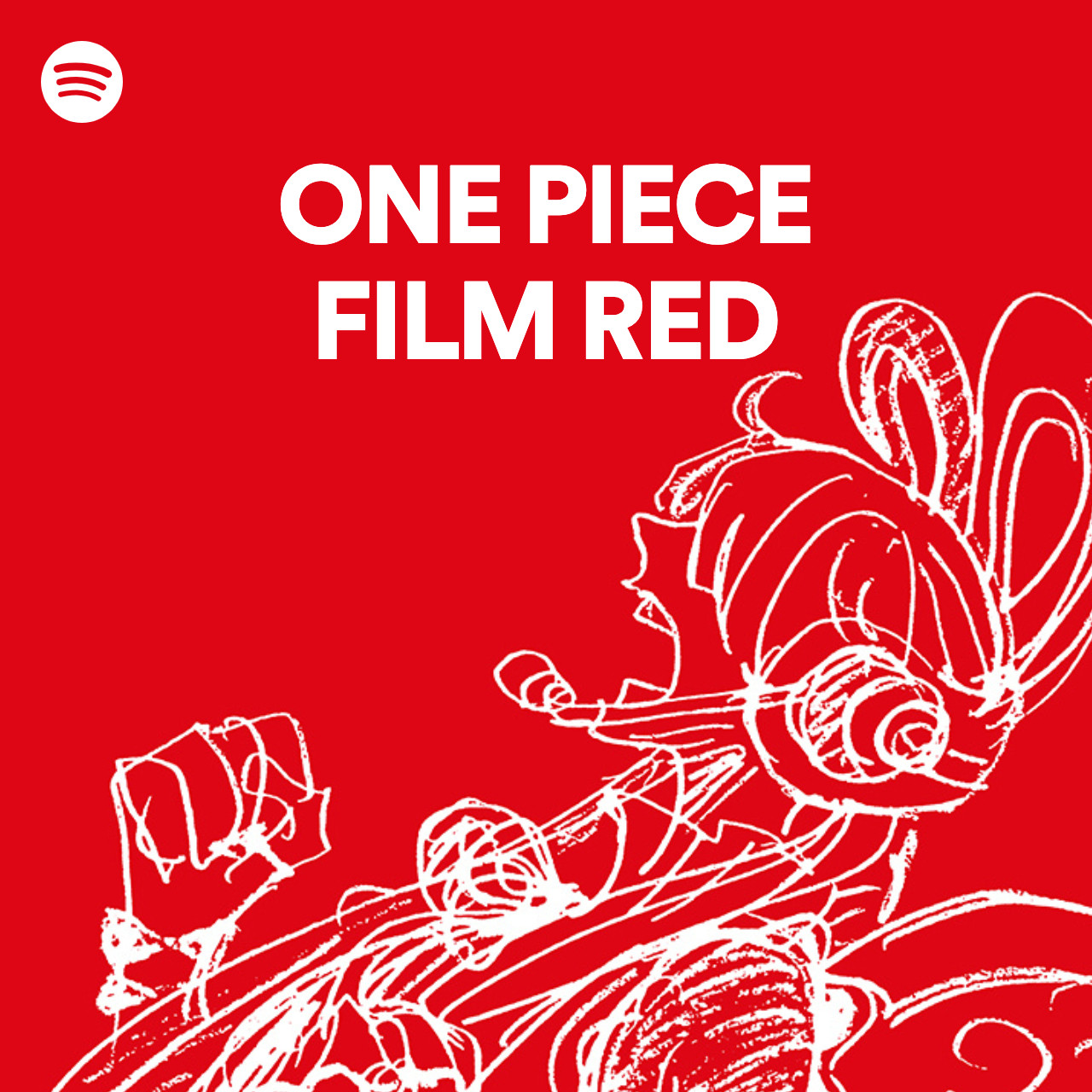
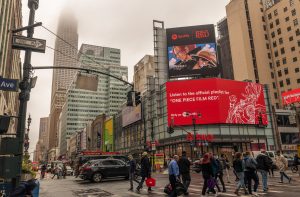
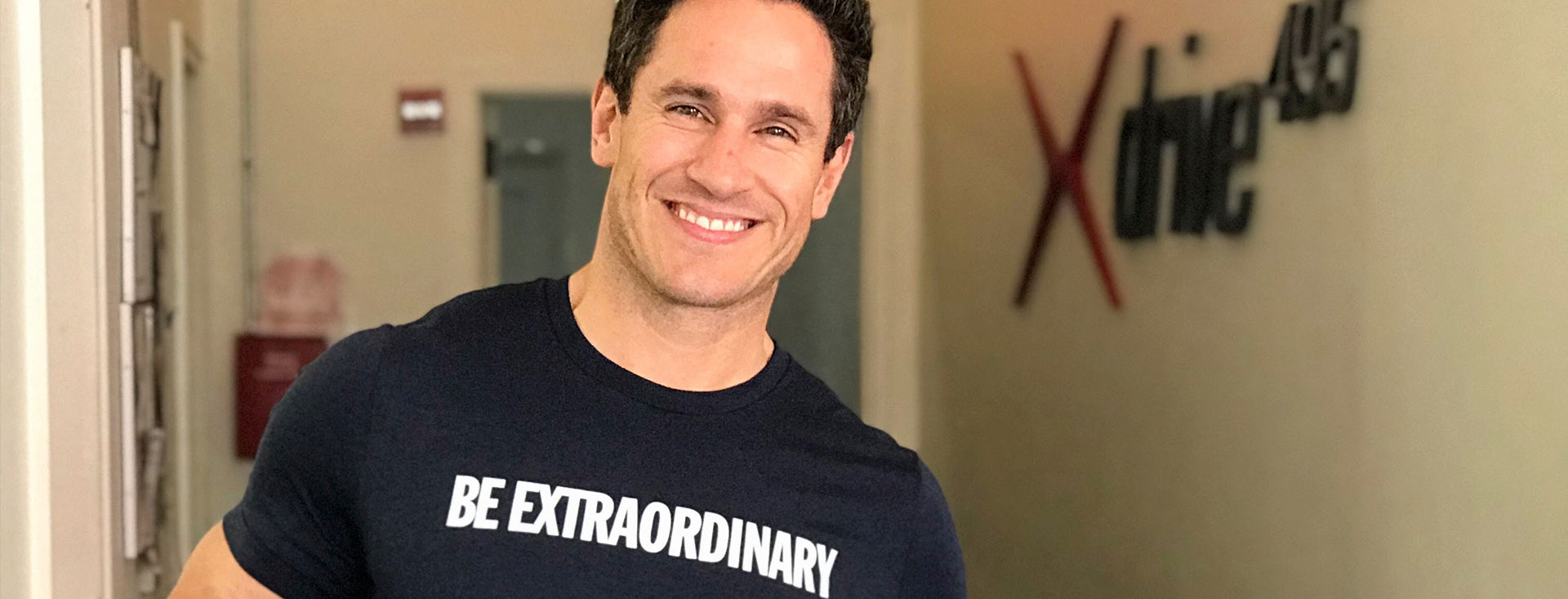
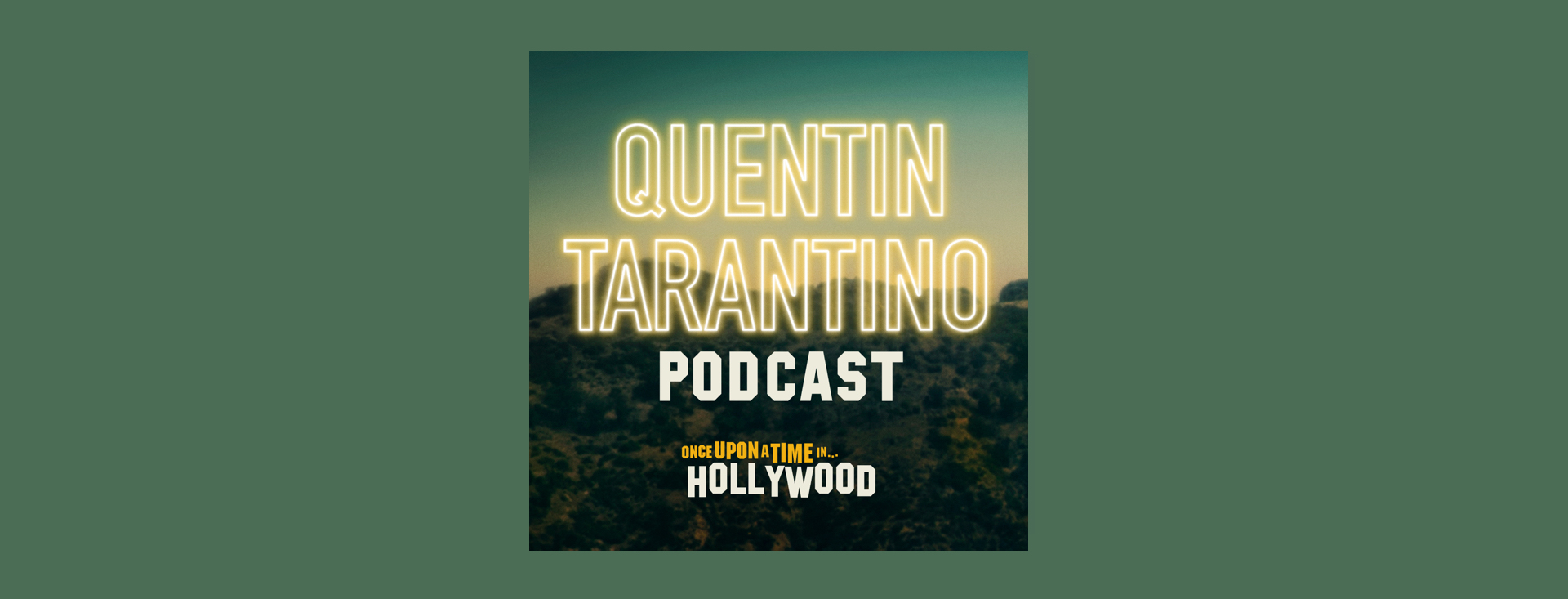
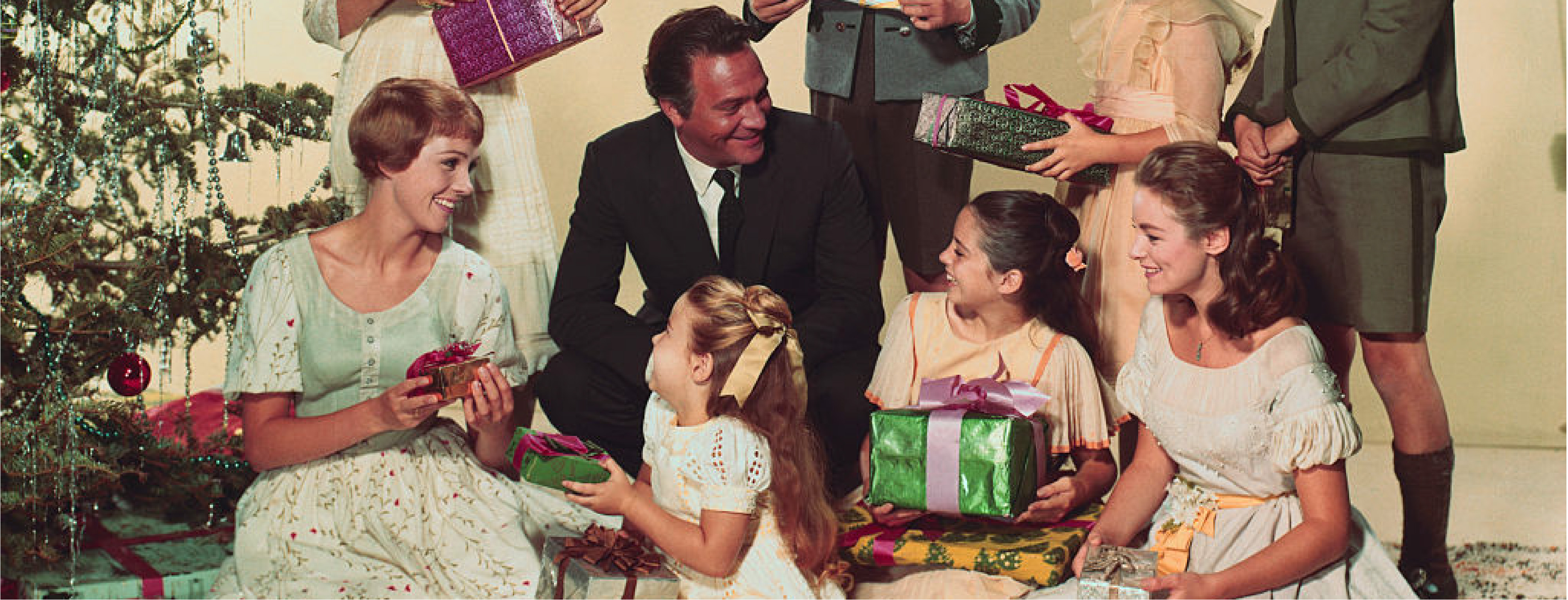
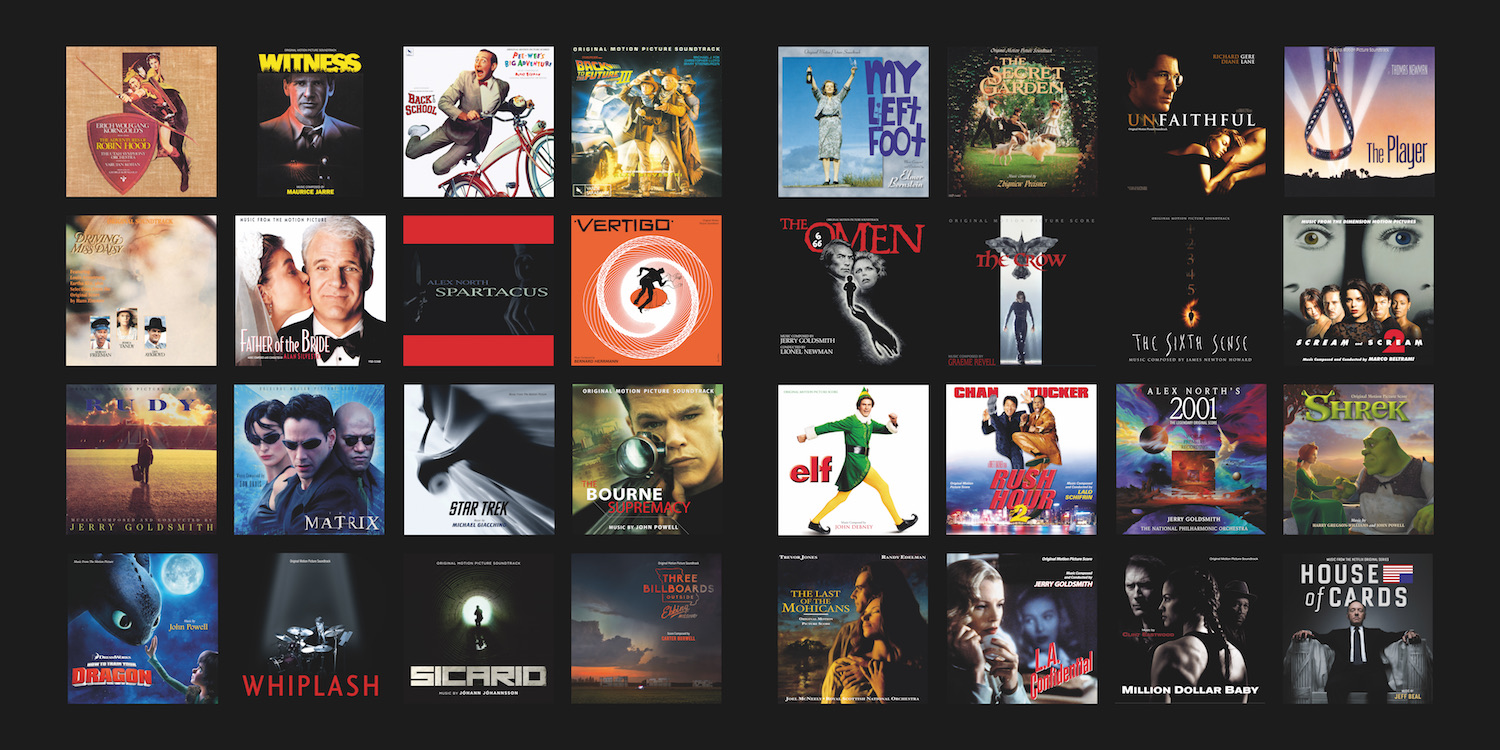
Recent Comments